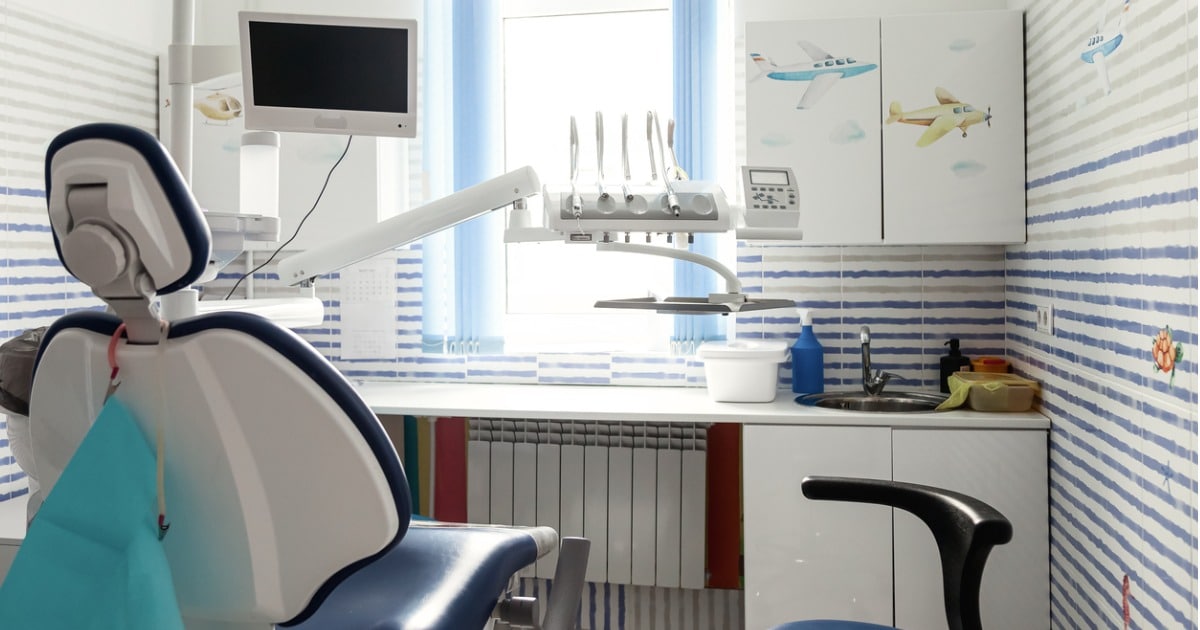Workers in dental offices and other high-risk settings in California are no longer required to quarantine after a close-contact exposure with someone who has COVID-19 if the exposed worker is asymptomatic and does not test positive, according to state Department of Public Health guidance issued in November.
Specifically, asymptomatic individuals who have a “close-contact exposure,” which was redefined in the guidance, are not required to quarantine but should do the following, regardless of their vaccination status:
- Test for COVID-19 three to five days after the last exposure. Individuals who test before day 3 and have a negative result should test at least once more during the five-day window. If exposure occurred at work, Cal/OSHA requires the employer to provide for testing.
- Continue to wear a well-fitting mask around others as still required in all health care settings.
- Stay home if symptoms do develop and test for COVID-19 using an antigen test. If the test result is positive, the individual should isolate for at least five days after symptoms start or after the first positive test if no symptoms, as well as follow all other recommended steps in table 1 of the guidance.
An antigen test, nucleic acid amplification test, PCR or LAMP test are acceptable diagnostic tests for COVID-19, but antigen testing is recommended for infected persons to end isolation and for symptomatic people who had a close contact.
The updated guidance should not be followed in the case of a local outbreak. In those instances, health care facilities should consult with their local health jurisdiction and follow Cal/OSHA regulations on managing outbreaks. The current and anticipated final Cal/OSHA ETS is slated to end Dec. 31 with the Cal/OSHA board expecting to approve by vote a proposed nonemergency COVID-19 regulation to take effect Jan. 1, 2023.
Shortened testing time frame for previously infected individuals
Several other changes to the state's updated quarantine and isolation guidance apply to dentists, including to the recommended time previously infected individuals should not test for COVID-19.
Instead of 90 days, the CDPH now recommends previously infected individuals not test for 30 days. This update aligns with the Centers for Disease Control and Prevention’s updated testing guidance and reflects “the increased immune escape of the recent Omicron variant leading to more repeat infections,” CDPH states in its isolation and quarantine Q&A.
Employers’ COVID-19 reporting obligations continue. CDA updated three COVID-19 resources to reflect the updated state guidance. California dentists can use:
- Employee Screening for COVID-19
- Reporting Symptoms/Positive Test for COVID-19 (includes the CDPH’s updated definition of close contact).
- Reporting Symptoms, Exposure or Positive Test for COVID-19: Employee Tracking Form
Find dozens more COVID-19 resources related to employee management, infection control, laboratory testing and more in CDA’s resource library.

